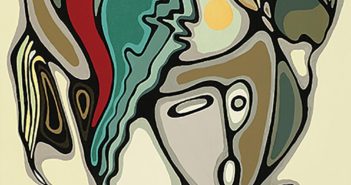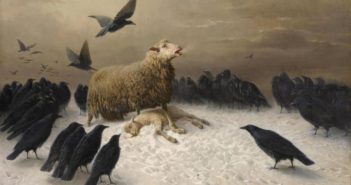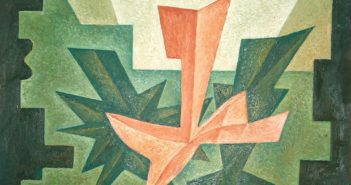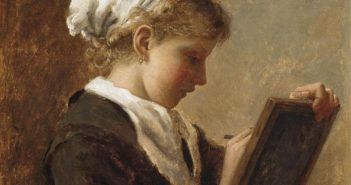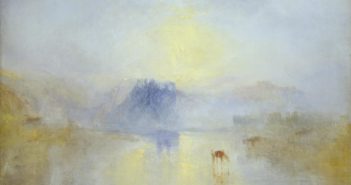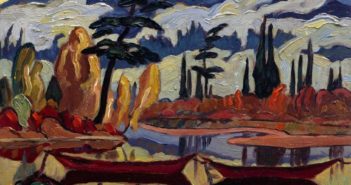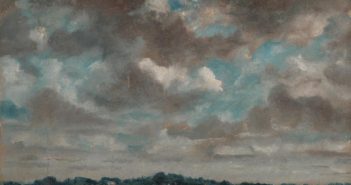
Courage in colour
At the National Gallery of Victoria here in Melbourne, throngs of sticky beaks move in mobs to inspect the largest collection of van Goghs to ever travel to Australia. The Seasons presents a four-sectioned survey of Vincent’s landscapes from the perspective of time of year — a pillar in his paintings and explored in his ebullient letters to his brother and best friend, Theo. Caressed by the Melbourne Symphony’s on-site Vivaldi and audio guide recordings of Vincent’s recited letters, visitors clog the galleries from open to close to channel his myth and scale, catching the Rhone breezes of Arles and taking selfies with a pair of satisfyingly on-style Cypresses.

